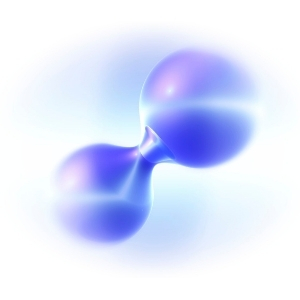Covalent compound
A covalent compound involves two non-metals forming a chemical structure together.

Rules
What are the rules for naming covalent compounds?
-
- • Covalent compounds involve multiple non-metals
- • Covalent compounds use prefixes – to indicate the number of atoms of each element in the compound
- • The element that further left of the periodic table comes first
- • If both non-metals are in the same group, then the non-metal lower on on the periodic table comes first
- Exceptions: Hydrogen is always named first if present, halogens are named first if present.
Prefixes for covalent compounds

- mono –
- di –
- tri –
- tetra –
- penta –
- hexa –
- hepta –
- octa –
- Mono isn’t used as a prefix on the first non-metal if there is only one atom
Concept check
Using the information above, can you name the following compounds?
CO₂
PF3
SiCl4
AlCl3
Background: What is a covalent bond?
Use the slider below to see a visual representation of the bonding between two atoms.
- When two similar atoms come together, they share a pair of electrons each.
- The shared electrons are attracted to the nuclei of both atoms, which consists of protons which are positively charged.
- The electrostatic force holds the two atoms together, forming what we call a covalent bond.
- It’s called a covalent bond because the electrons are “shared” between the atoms.
A water molecule
The above slider shows how a water molecule is formed.
- Slider 1 – shows one oxygen atom and two hydrogen atoms
- Slider 2 – shows how the oxygen atom forms a covalent bond with each of the hydrogen atom.
- The water molecule is called a covalent compound because the atoms share electrons with each other.
Remember that atoms generally do not exist by themselves. In other words you will rarely see an oxygen atom by itself or a hydrogen atom by itself. The representation above does not show a chemical reaction taking place to form a water molecule. It merely shows the structure of a water molecule.
You are ready to go to (3. ionic compounds)


